The American Dream: not accessible for all
Systemic racism and economic disparities prevent equal access to The American Dream. David McBee/Pexels
January 4, 2021
“The American Dream” is a phrase that almost everyone knows. A phrase often associated with hope, success, and freedom. A phrase highlighting an individual’s ability to better themselves and make progress. America is often touted as the land of opportunity, but in reality, discrimination and economic disparities result in The American Dream being simply over glorified. While white people usually have no problem being able to live out their respective American Dreams, people of color are often met with a slew of challenges that ultimately inhibit their ability to achieve success. Although the concept of The American Dream appears to reflect society’s values that all people should be given equal opportunities for success, in reality it is too good to be true.
Not all people are given the same opportunities to achieve success. The easiest way to illustrate this point is by taking a look at suburbs, and their unfortunate past. According to Adam Conover from the YouTube channel, CollegeHumor, suburbs are predominantly white in almost every corner of the country. This is due to “the government color coding maps; a term known as ‘redlining,” which is especially true in very affluent areas. Westport, Connecticut is one of the wealthiest towns in the entire country. According to CT Mirror writer Jacqueline Rabe Thomas, a little more than “4% of Westport residents are considered to be living in poverty” and only 6% of all residents are people of color. People of color are at a severe disadvantage as compared to their white counterparts. This often results in minorities living in other towns, separated from affluent ones such as Westport.
It is commonly believed that the consequences “of living in segregated neighborhoods often last a lifetime.” This is especially true when you look at statistics involving education and imprisonment. According to the Opportunity Atlas, children growing up in Bridgeport are “five times more likely to be imprisoned…than those who grow up in Fairfield,” only two miles away. On top of that, schools in towns such as Bridgeport get minimal funding, and are far worse than schools in neighboring towns. In fact, it costs 3.5 times more to live in an area that is nearby to high scoring school systems.
While society is often under the false impression that America is the land of opportunity, it is clear that this is far from true. A disproportionate number of people of color are at a severe disadvantage from the second they are born, to the second that they die. As such, this cycle is passed down for generations. Interestingly enough, these injustices can be traced back for decades. William Levitt, an American real estate developer, created racist policies such as limiting homes to be occupied by only “members of the Caucasian race.” The infamous Levittown, New Jersey, erected in the 1950’s is an excellent example of this.
Even though redlining is blatantly racist and was built on the foundation of segregation and racist idealogies, it still exists to this day in an indirect manner, as minorities are unable to afford housing in the “green areas.” In fact, “black children are more segregated in schools now than at any time since the 1970s.” While traditional redlining does not exist today, Black home buyers are charged much higher rates than white home buyers, even with an identical credit score.
Although it may seem like racism and discrimination are in America’s past, they are both still prominent in today’s society. The only way to make The American Dream truly accessible to all people is to realize the inequality of opportunity in America, and to end the disparity in resources. Yes, The American Dream is the result of many success stories, but all in all, it is over glorified and very hard to achieve for anyone except the white person..
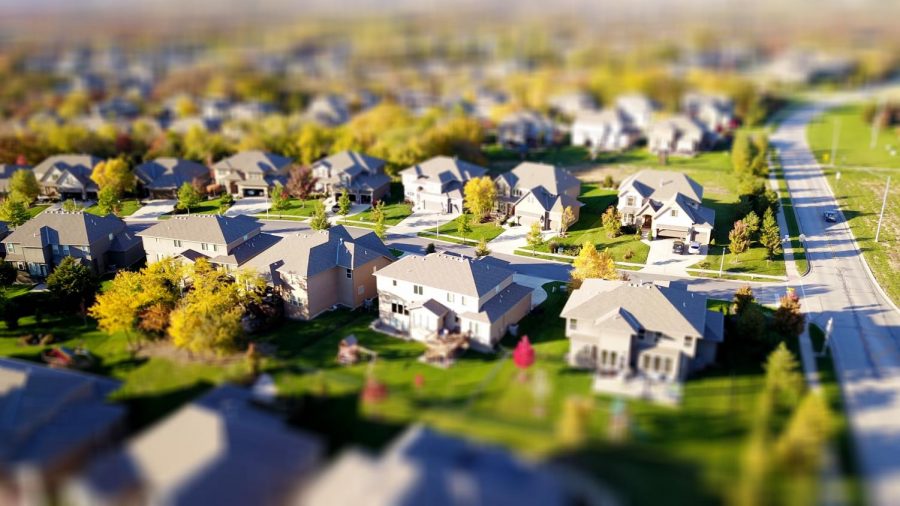

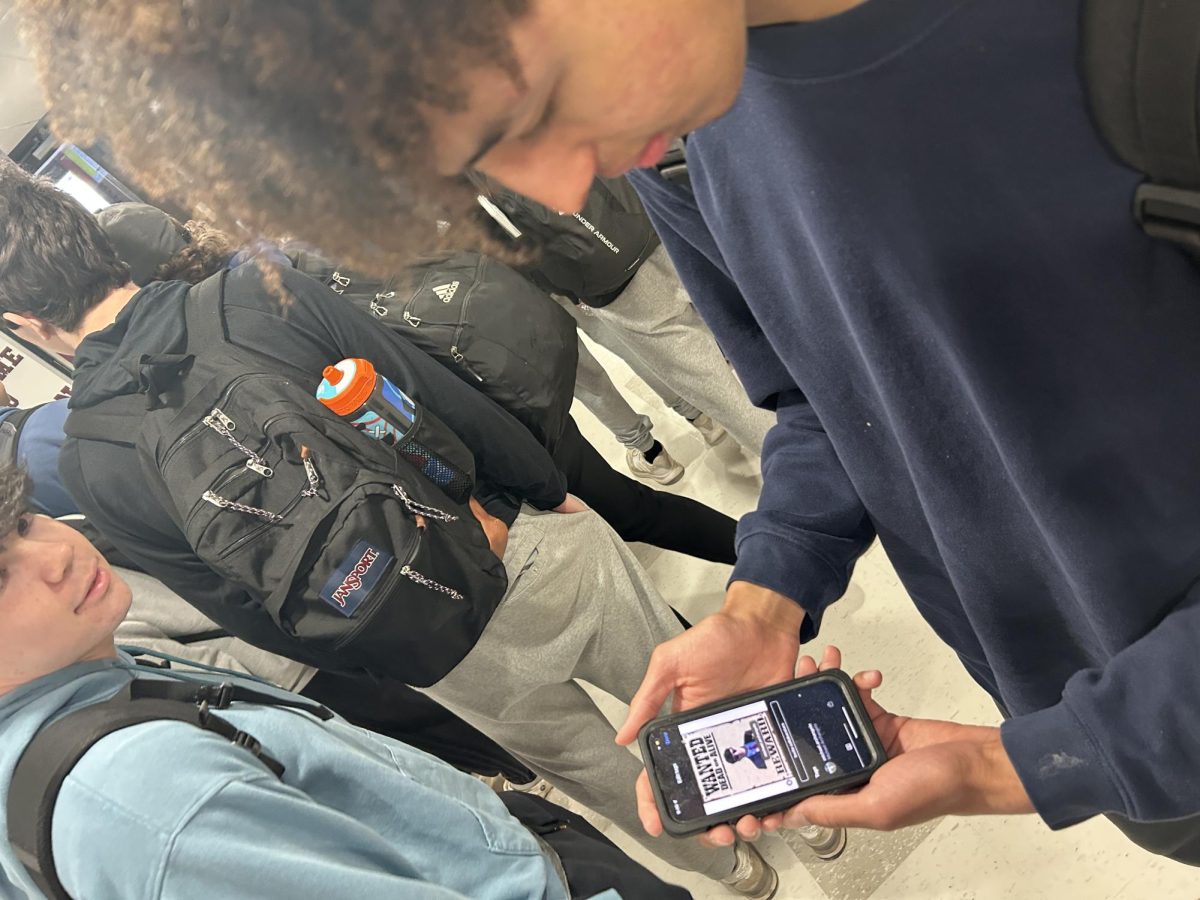
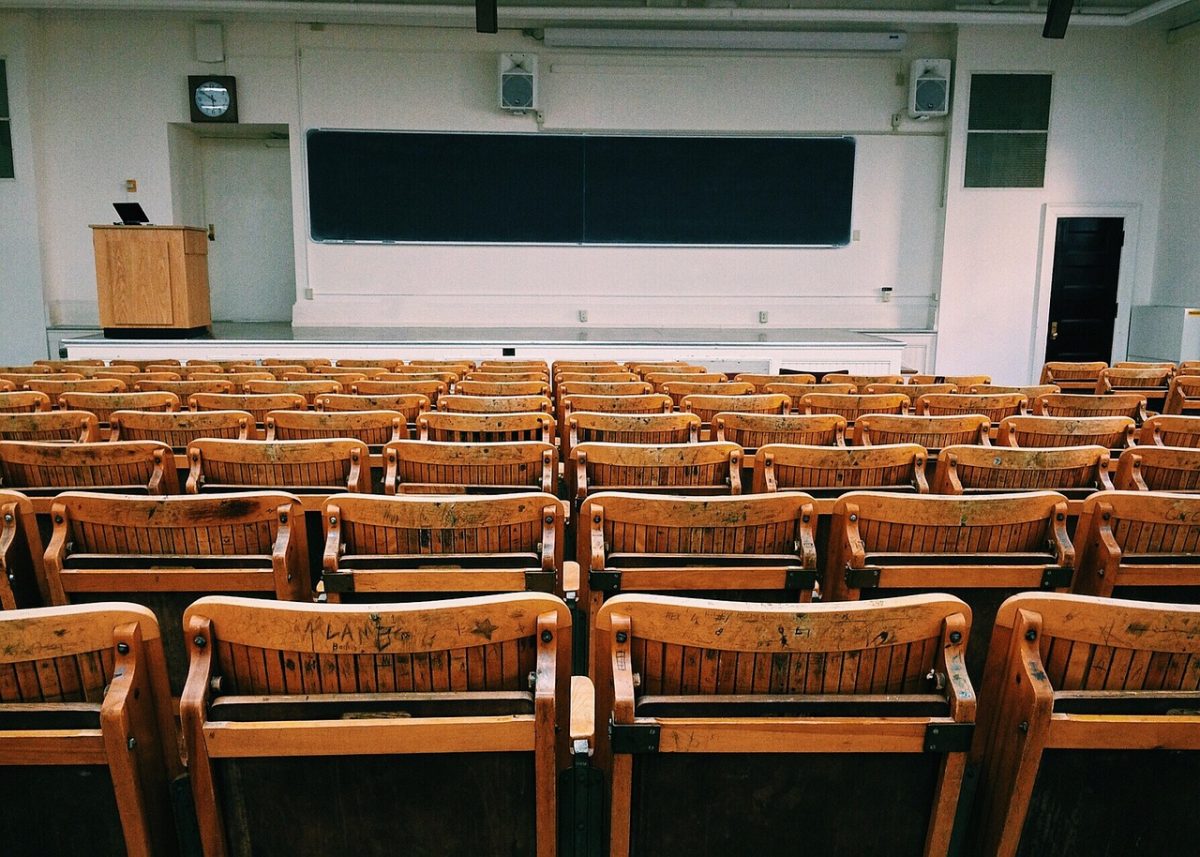


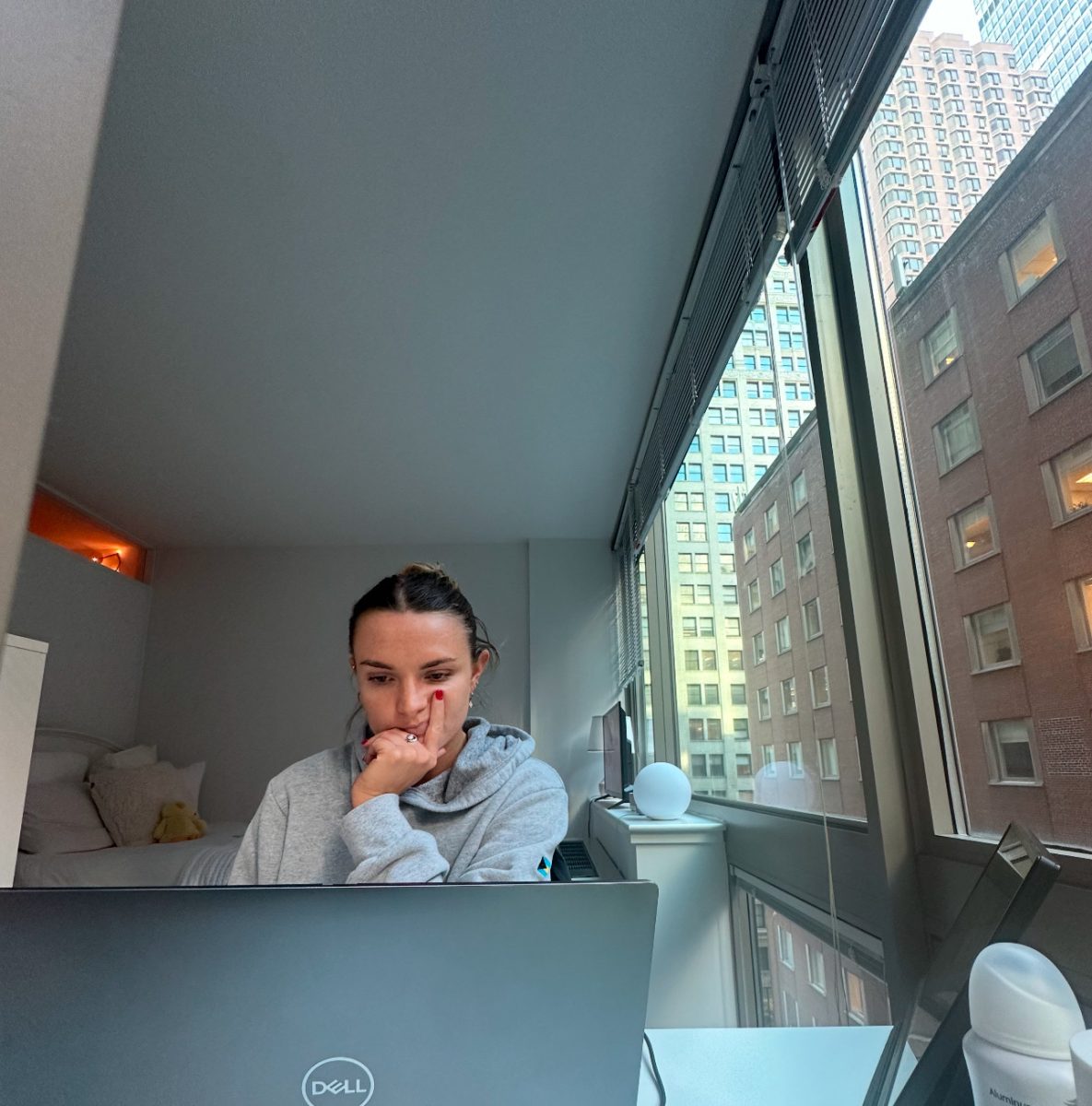


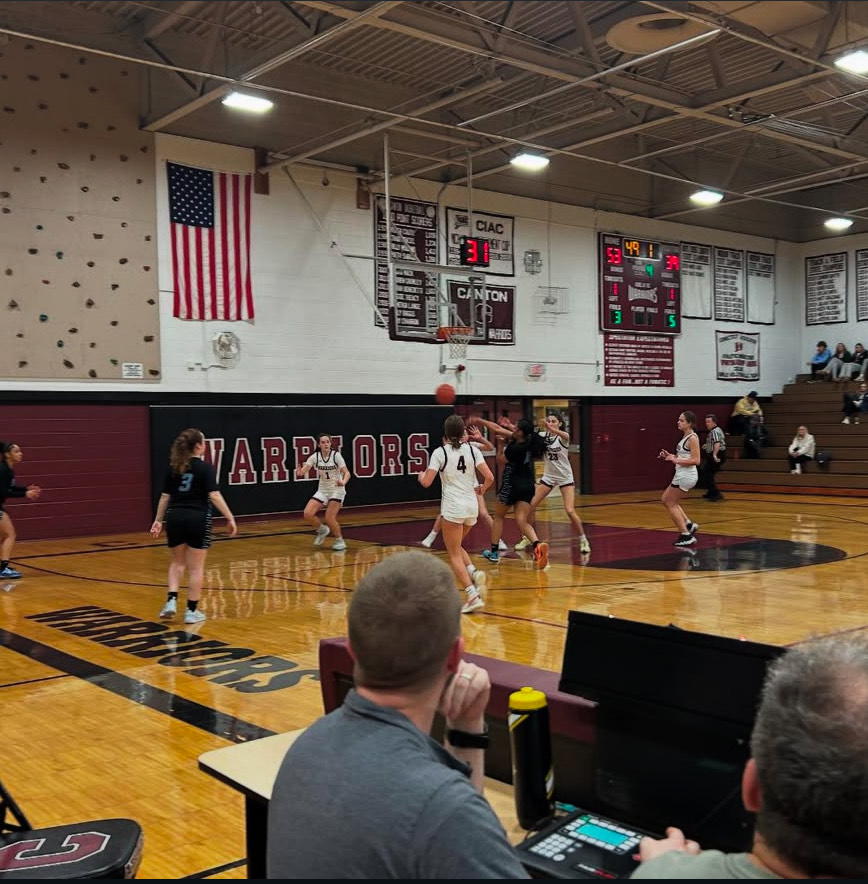
Ally • Mar 1, 2021 at 7:22 pm
Cool article!